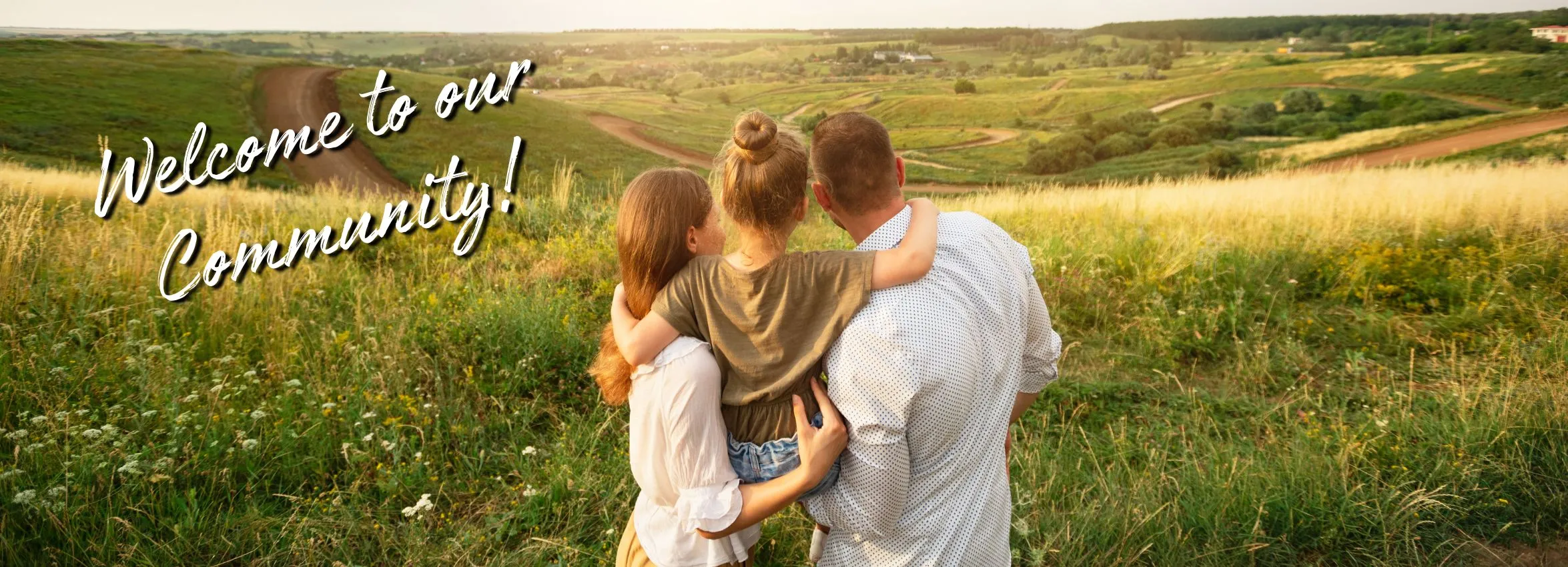The Rich and Vibrant History of Salado, Texas: An Unveiling of The Lone Star’s Hidden Gem
Introduction
Salado, Texas—a name that resonates with historical charm and a captivating cultural legacy. Have you ever wondered what makes this small town so remarkably unique? Stick around as we uncover the mesmerizing history of Salado, Texas, one milestone at a time.
The Early Days: Native American Roots
A Land Before Time
Long before Salado came under the flag of the United States, Native Americans occupied this fertile land. It was a natural habitat rich with resources, making it a perfect dwelling place.
The Impact on Modern Salado
Elements from the Native American culture are still present today, visible in local folklore and even in some historical sites.
The Arrival of the Europeans: The Game Changer
Initial Contact
European settlers first arrived in the region in the early 18th century. The mix of fertile soil and abundant water resources made Salado an appealing destination.
Co-existence and Conflicts
Life wasn’t always peaceful between the settlers and native tribes. Various conflicts shaped the early history of Salado, leading to significant changes in demographics and culture.
The Birth of a Village: Salado’s Inception
The Official Founding
The village of Salado was officially founded in 1859, making it one of the oldest towns in Texas.
Founding Fathers
Some of the early pioneers were the backbone of the village, establishing the first infrastructures and governing bodies.
Slavery and Salado: The Dark Chapter
An Unfortunate Reality
Salado was not immune to the dark period of American slavery. The practice was prevalent and even contributed to the local economy.
The Emancipation and Its Effects
The end of the Civil War and the emancipation of the slaves had a profound impact on Salado, altering its economic and social fabric.
The Rise of Education: Salado College
A Beacon of Knowledge
Established in the late 19th century, Salado College became a symbol of education and enlightenment for the community.
Legacy
Though the college is no longer operational, its historical campus remains a must-visit landmark.
Economic Fluctuations: From Prosperity to Depression
The Boom Years
Salado experienced a period of economic prosperity in the late 19th and early 20th centuries, primarily due to agriculture and commerce.
The Great Depression
Like the rest of America, Salado was hit hard by the Great Depression, causing a significant shift in the town’s economic makeup.
The Arts and Culture Renaissance
The Turn of the Tide
Post World War II, Salado began attracting artists, writers, and intellectuals, transforming it into a cultural hub.
Modern-Day Cultural Influence
Today, Salado is known for its galleries, festivals, and a vibrant arts scene, reflecting its creative renaissance.
Salado Today: A Blend of Old and New
Modern Attractions with a Historical Twist
While Salado has embraced modernity, it hasn’t forgotten its roots. You’ll find a unique blend of modern boutiques situated in historic buildings.
Tourism: The New Gold
Today, tourism is one of the main economic drivers, with people coming to explore the town’s rich history and scenic beauty.
A Town of Events: Making History Through Festivals
Annual Gatherings
Every year, Salado hosts several events that pay homage to its history, such as the Salado Scottish Festival and various renaissance fairs.
A Living History
These events serve as living testimonials of Salado’s storied past, linking the modern generation to its historical roots.
Conclusion
As we conclude our journey through the history of Salado, Texas, it’s evident that the town’s past is not just a series of events but an ever-evolving tapestry that still affects its identity today. From its Native American roots to its modern-day renaissance, Salado stands as a shining example of how history can shape a community’s present and future. This rich narrative makes Salado more than just a place on a map—it’s a town teeming with stories, waiting for you to come and be a part of its ongoing history.











